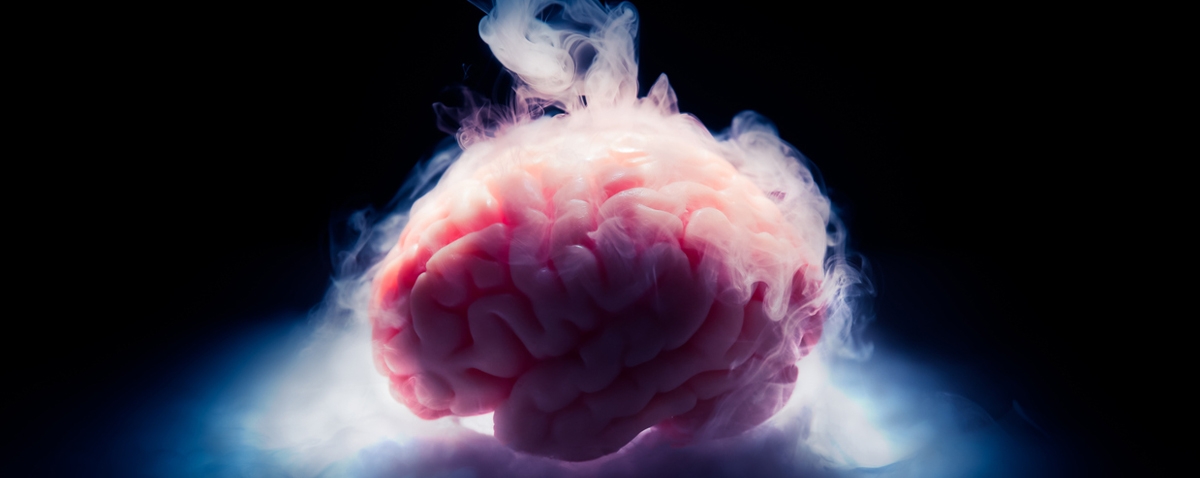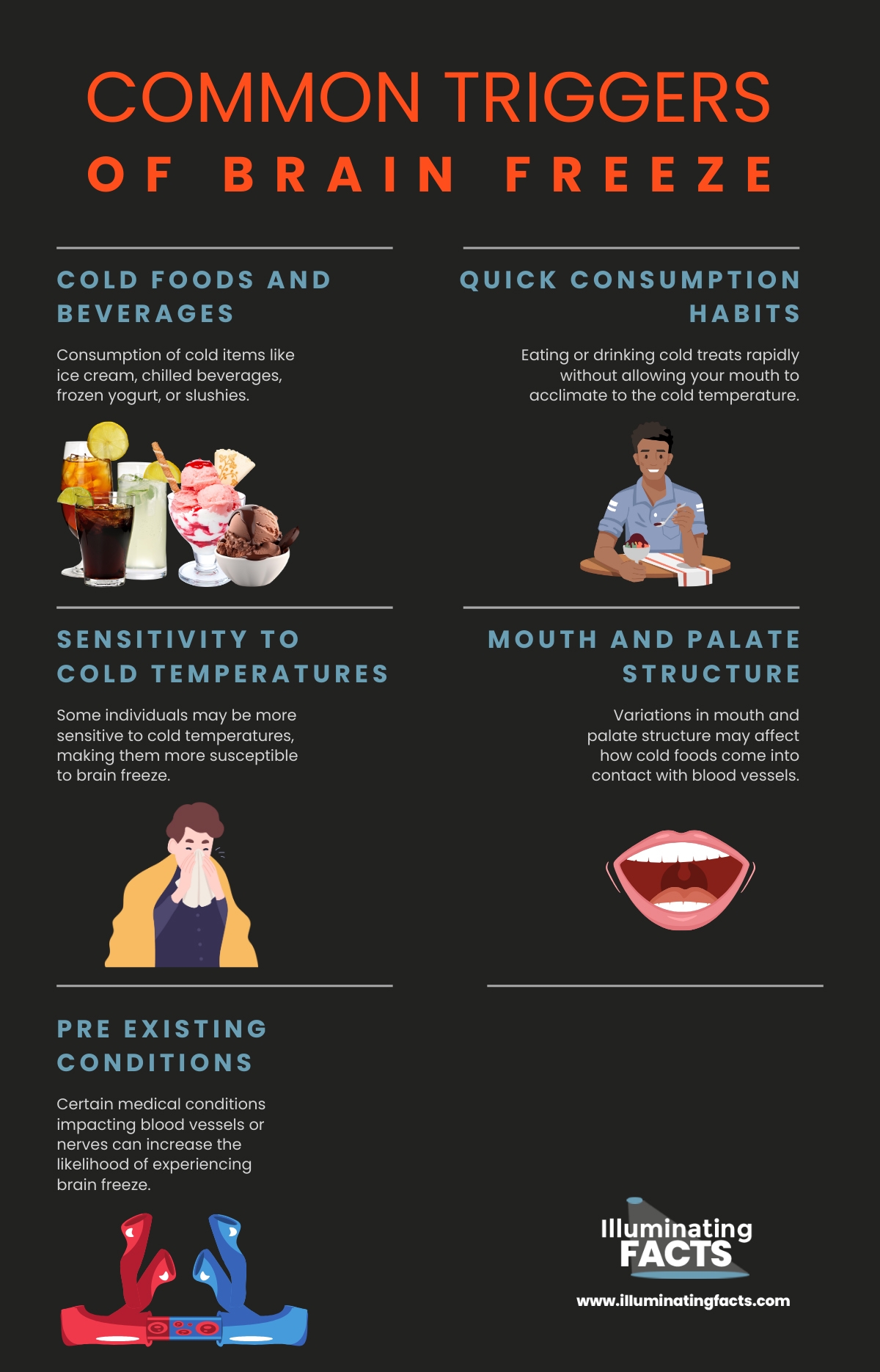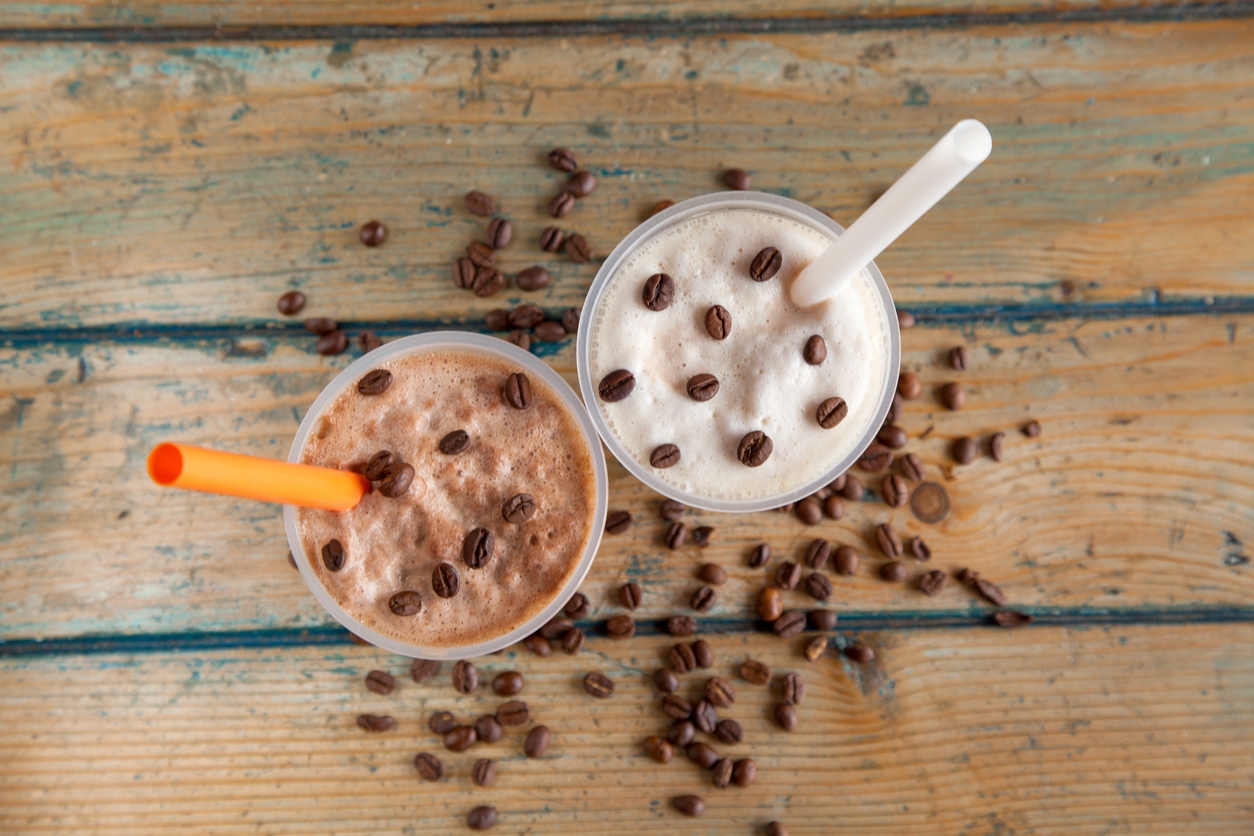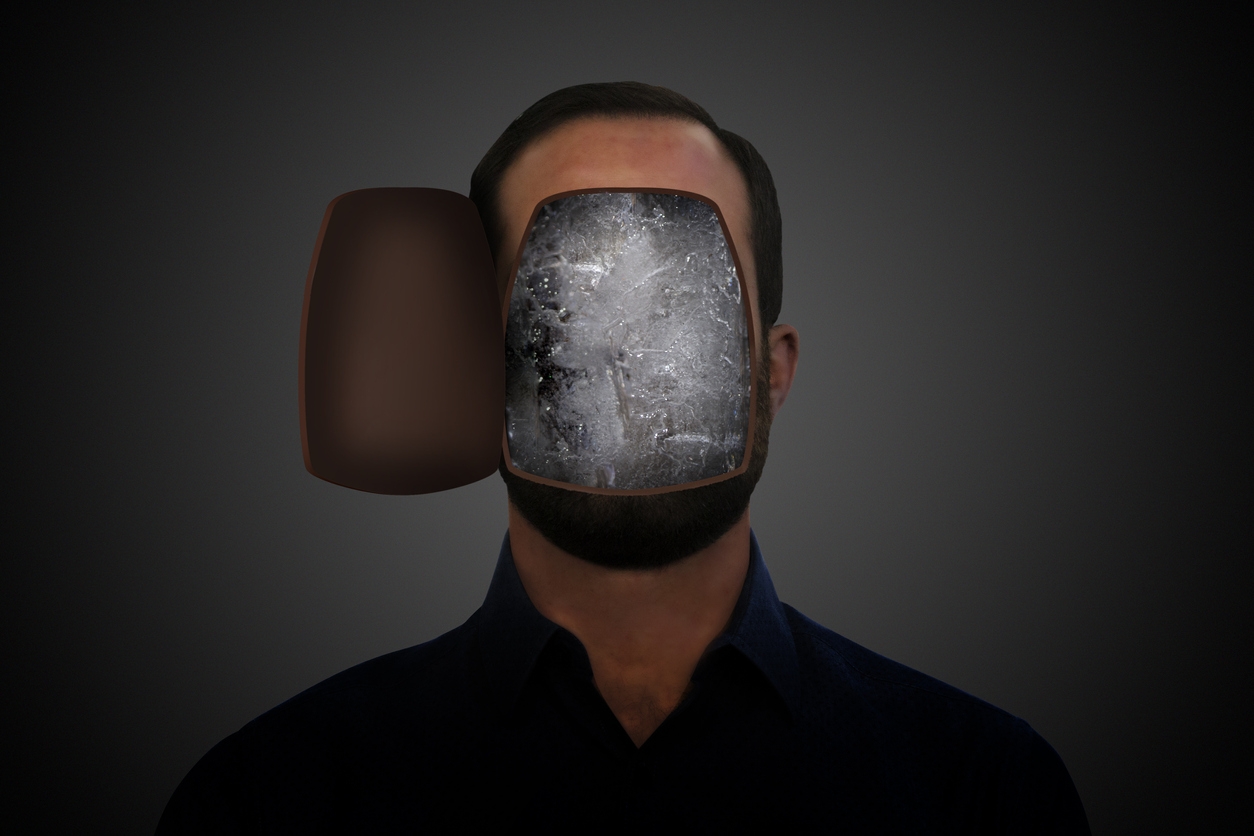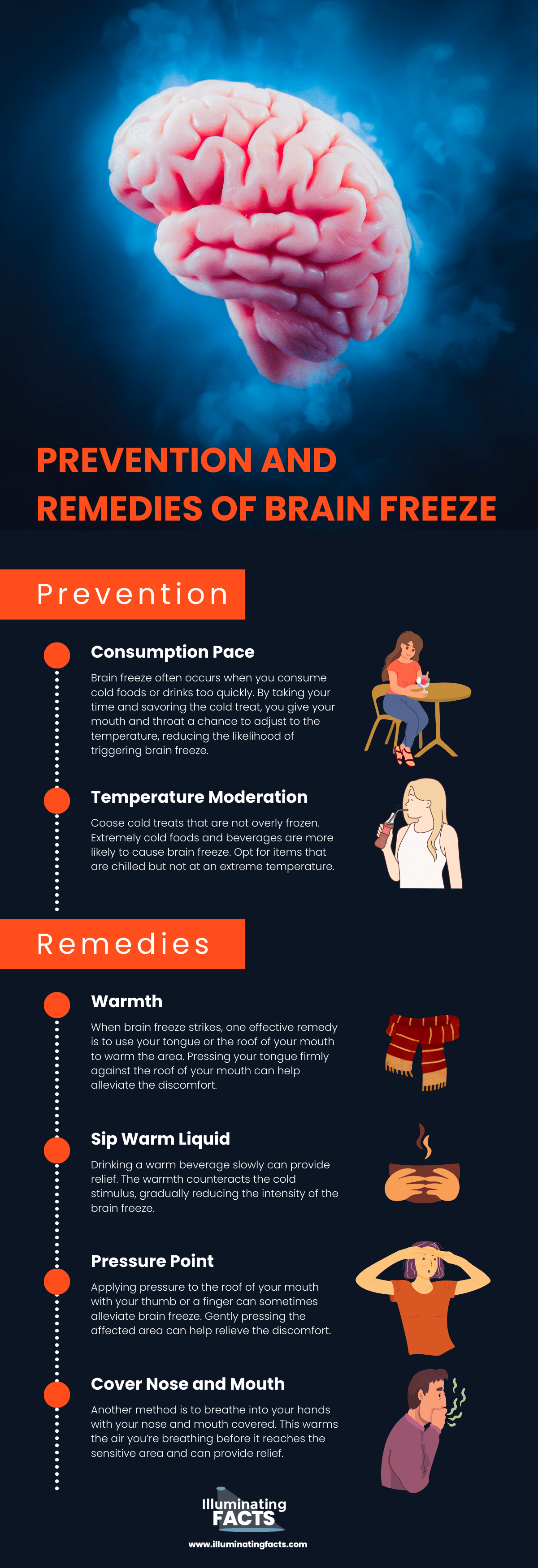Brain freeze, scientifically known as “sphenopalatine ganglioneuralgia,” is a phenomenon many of us have experienced while savoring a cold treat on a hot day. It’s that sudden, sharp headache that can temporarily disrupt our enjoyment of ice cream or icy beverages. This common occurrence is worth exploring, not only to understand why it happens but also to learn how to prevent or alleviate it.
In this post, we’ll delve into the science behind brain freeze, its triggers, the sensations it brings, and some practical advice for dealing with it. We also explore the science behind brain freeze, examining the intricate interplay between our nervous system and the cold stimuli that lead to this distinctive sensation. So, let’s take a closer look at what goes on in your brain when you experience this frosty headache.
The Science Behind Brain Freeze
The peculiar phenomenon of brian freeze has a scientific explanation rooted in our body’s response to extreme cold. Understanding the intricate mechanisms behind brain freeze can not only provide relief when it occurs but also offer a fascinating glimpse into how our bodies react to temperature extremes.
| Mechanism | Description |
| Cold Stimulus | Contact with cold substances triggers brain freeze. |
| Blood Vessel Constriction | Rapid narrowing of blood vessels in the mouth’s roof. |
| Pain Signal Transmission | Activation of pain receptors sends signals to the brain. |
| Blood Vessel Dilation | Blood vessels quickly expand, causing pain relief. |
| Cooling of Palate | Cold substance chills the mouth’s upper palate. |
How it Occurs
Brain freeze has its origins in the rapid consumption of cold substances. [1] When we enjoy a frosty treat, such as ice cream or related products, our mouths and palates are exposed to intense cold. This chilly encounter stimulates the body’s response mechanisms.
Role of Cold Stimulus
The trigger for brain freeze is the sudden exposure of the roof of the mouth (palate) to a cold stimulus. [2] This can happen when we consume very cold foods or beverages quickly.
Blood Vessels and Nerves Involved
Within the mouth’s roof, there’s a cluster of blood vessels and nerves known as the sphenopalatine ganglion. [3] These tiny structures play a pivotal role in the brain freeze process.
Component | Description |
Palatine Artery | Located on the roof of the mouth, it constricts and dilates, contributing to brain freeze. |
Sphenopalatine Ganglion | A bundle of nerves behind the palate that plays a significant role in transmitting pain signals. |
Trigeminal Nerve (V Cranial Nerve) | The main nerve responsible for carrying the pain sensation from the mouth to the brain. |
Anterior Cerebral Artery | Supplies blood to the frontal lobes, where pain perception is processed during a brain freeze. |
Body’s Response
Once the cold stimulus hits the palate, a sequence of physiological reactions is set in motion:
Blood Vessel Constriction and Dilation
The cold causes blood vessels in the palate to constrict and then rapidly dilate. This change in blood flow triggers the pain response.
Pain Signal Transmission to the Brain
As blood vessels constrict and then dilate, they send pain signals through the sphenopalatine ganglion to the brain. This rapid transmission of pain is what we perceive as brain freeze. [4]
Common Triggers
Unraveling the mystery behind this chilly discomfort involves examining the common triggers that set it off. [5] From icy treats to rapid consumption habits, understanding these factors sheds light on why our brains sometimes react to cold stimuli with a jolt of pain.
Common Triggers | Description |
Cold Foods and Beverages | Consumption of cold items like ice cream, chilled beverages, frozen yogurt, or slushies. |
Quick Consumption Habits | Eating or drinking cold treats rapidly without allowing your mouth to acclimate to the cold temperature. |
Sensitivity to Cold Temperatures | Some individuals may be more sensitive to cold temperatures, making them more susceptible to brain freeze. |
Mouth and Palate Structure | Variations in mouth and palate structure may affect how cold foods come into contact with blood vessels. |
Pre Existing Conditions | Certain medical conditions impacting blood vessels or nerves can increase the likelihood of experiencing brain freeze. |
Cold Foods and Beverages
Brain freeze typically occurs when you consume cold foods and beverages, especially those at freezing temperatures. And it’s not just the ice cream industry that is responsible. Popular culprits include ice-cold drinks, frozen yogurt, or icy slushies. When these icy substances come into contact with the roof of your mouth, they rapidly cool the blood vessels in that area, leading to constriction.
Quick Consumption Habits
One of the primary factors behind brain freeze is the speed at which you consume these cold treats. When you eat or drink them too quickly, your mouth doesn’t have sufficient time to adapt to the cold temperature. As a result, your body reacts by narrowing the blood vessels in your palate.
Other Factors
While cold foods and rapid consumption are the primary triggers, other factors can contribute to an individual’s susceptibility to brain freeze. Some people may be more sensitive to cold temperatures than others, and certain individuals might have variations in their mouth and palate structure that make them more prone to experiencing brain freeze. Additionally, pre existing conditions that affect blood vessels or nerves might also influence one’s likelihood of getting brain freeze.
Understanding these triggers can help individuals take preventive measures and enjoy their cold treats without the discomfort of a brain freeze.
The Experience of Brain Freeze
| Aspect | Description |
| Sensation | Sharp, sudden pain in the forehead, temples, or head. |
| Duration | Varies from a few seconds to around a minute. |
| Intensity | Can range from mild discomfort to more painful episodes. |
| Fading Away | Typically subsides relatively swiftly when stimuli change. |
Also known as an “ice cream headache,” the peculiar and often uncomfortable sensation of brain freeze occurs when you consume something very cold. Think ice cream, slushies, or frozen drinks. It typically feels like a sudden, sharp pain that originates in the forehead, temples, or sometimes even at the back of the head. This pain can be quite intense and surprising, often catching people off guard.
How Does it Feel?
The sensation of brain freeze can vary in its duration and intensity from person to person. Some individuals may experience only a mild discomfort that lasts a few seconds, while others might endure a more painful episode lasting up to a minute. The pain often peaks quickly, then gradually subsides. [6]
Why Does It Fades Away?
Interestingly, despite the initial sharpness of the pain, brain freeze typically fades away relatively swiftly. This is because the body has an adaptive response to this phenomenon. Once the cold stimulus (like ice cream) is no longer in contact with the mouth’s sensitive tissues, or if you consume something warmer, the blood vessels in the mouth and throat begin to dilate. This dilation allows warm blood to flow into the affected areas, which helps return the sensation to normal and alleviate the pain.
It’s worth noting that while brain freeze can be momentarily discomforting, it rarely causes any long-term harm. Most people find that the pain dissipates quickly, and they can continue to enjoy their cold treat without any lasting effects. [7]
Prevention and Remedies:
It’s important to note that brain freeze is temporary and typically fades away on its own within a minute or so. However, the following prevention tips and remedies can help make the experience more comfortable and manageable when it occurs.
| Prevention | Remedies |
| Consume cold treats slowly | Apply warmth with tongue or mouth |
| Choose moderately cold treats | Sip a warm beverage |
| Apply pressure to the roof of the mouth |
Prevention
Here are some preventive measures to ward off the ice cream headache:
Consumption Pace
Brain freeze often occurs when you consume cold foods or drinks too quickly. By taking your time and savoring the cold treat, you give your mouth and throat a chance to adjust to the temperature, reducing the likelihood of triggering brain freeze. [8]
Temperature Moderation
Coose cold treats that are not overly frozen. Extremely cold foods and beverages are more likely to cause brain freeze. Opt for items that are chilled but not at an extreme temperature.
Remedies
Some remedies have also proven to be useful while tackling brain freeze.
Warmth
When brain freeze strikes, one effective remedy is to use your tongue or the roof of your mouth to warm the area. Pressing your tongue firmly against the roof of your mouth can help alleviate the discomfort.
Sip Warm Liquid
Drinking a warm beverage slowly can provide relief. The warmth counteracts the cold stimulus, gradually reducing the intensity of the brain freeze. [9]
Pressure Point
Applying pressure to the roof of your mouth with your thumb or a finger can sometimes alleviate brain freeze. Gently pressing the affected area can help relieve the discomfort.
Cover Nose and Mouth
Another method is to breathe into your hands with your nose and mouth covered. This warms the air you’re breathing before it reaches the sensitive area and can provide relief.
Medical and Health Aspects
While brain freezes themselves are usually benign, it’s essential to consider how they might interact with certain health conditions and what precautions can be taken to prevent any adverse effects. Understanding the health implications of brain freeze is a common concern, especially for those who’ve experienced this sudden and intense sensation.
Are Brain Freezes Harmful?
Brain freezes, while uncomfortable, are generally not harmful. They are a brief and harmless sensation resulting from the rapid consumption of cold foods or beverages. The pain associated with brain freeze typically subsides on its own within a minute or so. However, it’s essential to manage the discomfort and avoid excessive cold consumption to prevent brain freezes from recurring.
Relation to Medical Conditions
| Medical Condition | Possible Interaction with Brain Freeze |
| Migraines | Exacerbation of migraine symptoms |
| Hypertension | Temporary increase in blood pressure |
| Dental Sensitivity | Heightened sensitivity and discomfort |
| Cold Allergies | Increased risk of brain freeze |
| Neurological Disorders | Variability in brain freeze experience |
Brain freezes are not directly related to specific medical conditions. However, individuals who are prone to headaches or migraines may find that brain freezes trigger or exacerbate these conditions. In such cases, it’s advisable to consume cold items more slowly and mindfully to minimize the risk of experiencing brain freezes. If you have concerns about how brain freezes may affect your health, consult with a healthcare professional for personalized guidance.Conclusion
While brain freeze may be an uncomfortable and temporary sensation, it is generally harmless for most individuals. Understanding the science behind it, its common triggers, and how to prevent or alleviate it can help you manage this chilly phenomenon. For those with underlying medical conditions, it’s essential to be mindful of potential interactions and seek professional advice if needed. As with many bodily reactions, moderation and awareness are key to enjoying cold treats without experiencing the frosty sting of brain freeze.
References
- Brain freeze: What it is, symptoms, treatment. (n.d.). Cleveland Clinic. https://my.clevelandclinic.org/health/diseases/21478-brain-freeze
- Nordqvist, J. (n.d.). Brain freeze: The science behind ice cream headache. Medical and health information. https://www.medicalnewstoday.com/articles/244458
- (Brusie, C. (n.d.). What causes Sphenopalatine Ganglioneuralgia (Brain freeze)? Healthline. https://www.healthline.com/health/sphenopalatine-ganglioneuralgia-brain-freeze
- Clark, K. (2021, November 6). What causes brain freeze? Discover Magazine. https://www.discovermagazine.com/health/what-causes-brain-freeze
- Cause of ‘brain freeze’ a bit of a mystery, but not to worry. (n.d.). UT Southwestern Medical Center. https://www.utsouthwestern.edu/newsroom/articles/year-2023/aug-brain-freeze.html
- How ice cream can give you a headache; experts on symptoms of brain freeze, prevention tips. (2023, May 27). Hindustan Times. https://www.google.com/amp/s/www.hindustantimes.com/lifestyle/health/how-ice-cream-can-give-you-a-headache-experts-on-symptoms-of-brain-freeze-prevention-tips-101685185328262-amp.html
- What happens to your body when you have a brain freeze. (2023, February 12). EatingWell. https://www.eatingwell.com/article/8029042/brain-freeze/
- What happens to your body when you have a brain freeze. (2023, February 12). EatingWell. https://www.eatingwell.com/article/8029042/brain-freeze/
- What exactly is an ice cream brain freeze and how do I make it stop? (2017, July 13). Health. https://www.health.com/condition/headaches-and-migraines/what-is-brain-freeze

